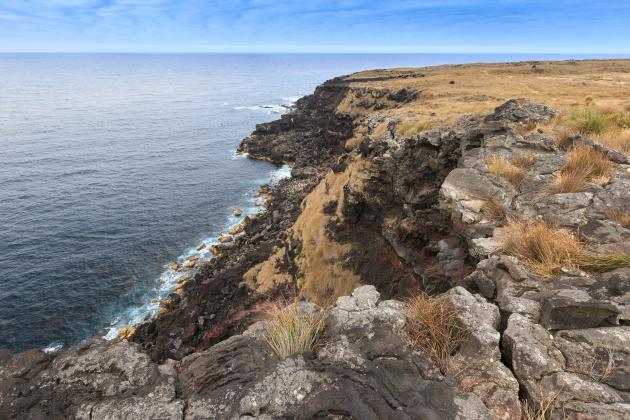
Publié le 15/07/2025, mis à jour le 15/07/2025
Monitoring the coastline in the Epases Islands
-
The Indian Ocean Eparses Islands, located at an altitude of less than 10 meters, are highly vulnerable to the effects of climate change: they are subject to sea-level rise, intensification of extreme climatic events, and changes in sediment dynamics.
-

Despite their isolation, these islands are home to some of the largest breeding grounds for green turtles and birds in the Indian Ocean, and therefore play a vital role in regional biodiversity. They are also particularly important observation sites for scientists, who monitor the effects of climate change on sparsely-managed ecosystems. For these reasons, the TAAF are planning to set up precise coastline monitoring, in order to analyze the effects of global climate change on tropical coastal systems and strengthen their resilience.
-
The GO facility therefore plans a strategy based initially on an inventory of existing data, which would enable the amplitude of sedimentary movements to be assessed in order to establish an indicator of coastal evolution in the Eparses Islands. This analysis of available data would enable us to model shoreline evolution scenarios, taking into account rising sea levels and extreme climatic events, before working to complete the existing data by proposing different ways of monitoring potential evolutions.
This facility would make it possible to integrate the Eparses Islands into national environmental observation networks, involving the sharing of results obtained from the various scientific and technical reports and the formulation of recommendations for the management and resilience of the islands most threatened by the effects of climate change. It will enable us to better anticipate the impacts of rising sea levels in order to ensure the preservation of these territories rich in their unique biodiversity, and may serve as a model for other island territories facing similar issues.
